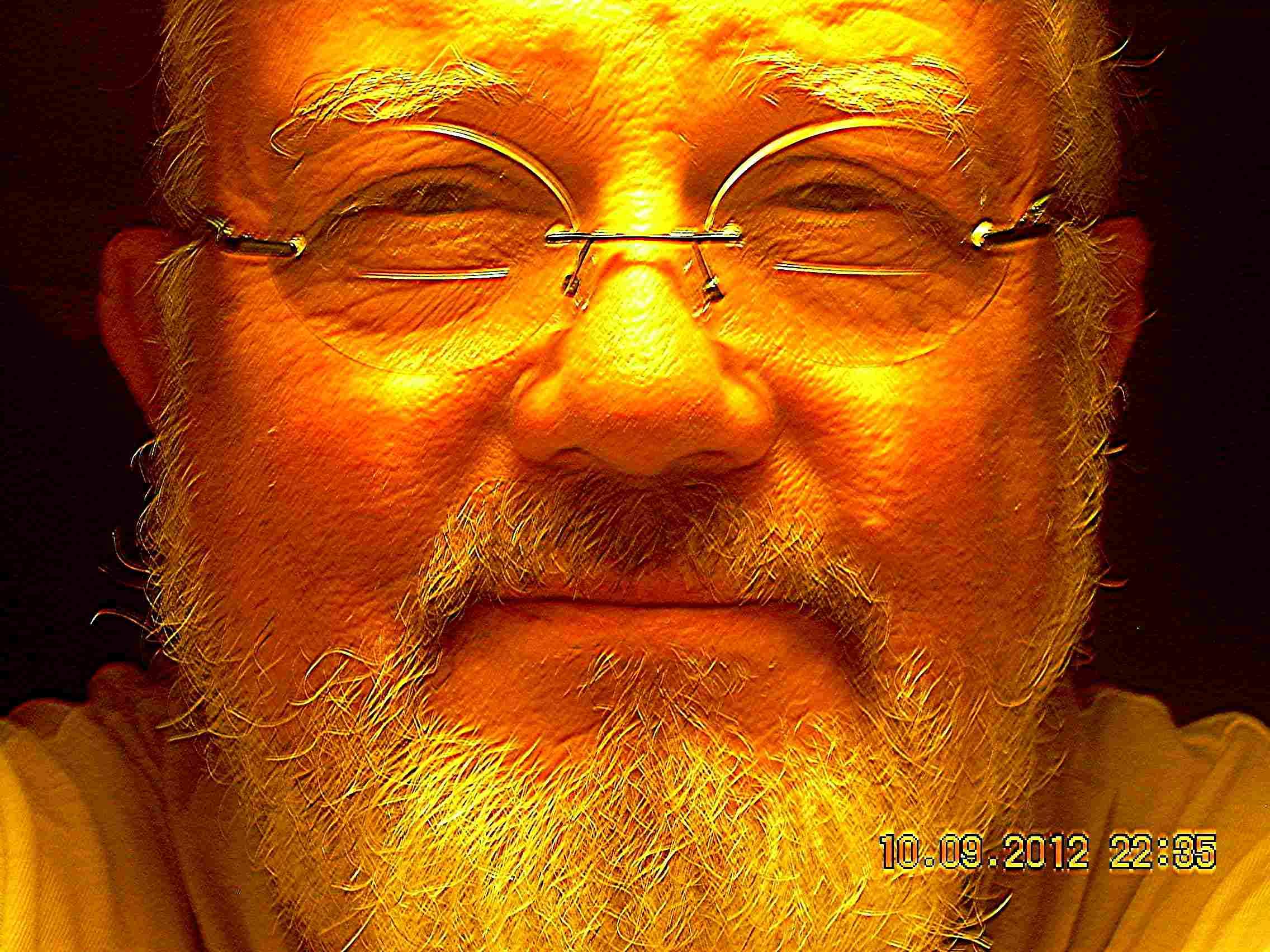By: mac Sperry
Pt. 2: To Catch A Thief - Use A Spreadsheet!
The Mentality of a Thief
Consider the thinking of a person who rigs an election. Their foremost thought would obviously be, the accomplishment of their task with as little chance of detection as possible. The initial number of votes they would have to swing to the other side would ideally be, as few as absolutely necessary. Too many and the other side might be alerted. Thus, it is reasonable to assume that the hallmark of vote fraud would be, the close election.
In preparation for the eBook: Desiderata of the Citizen Vote, the author obtained the popular vote figures for all Presidential elections from the most recent back to 1824. The source was the archives of the U.S. governments official newspaper, The Federal Register found at: http://www.archives.gov/ ; federal-register/electoral-college/scores.html. U sing the spreadsheet program Excel, he then determined the difference in spread between the two front runners in each election and calculated the average. That average is 11.01%.
In the entire history of Presidential elections, only six times have the popular vote margins of the two front runners come to within 1%. They were the 1880, 1884, 1888, 1960, 1968 and 2000 elections.
We know the 2000 election was the subject of tampering because we saw it on TV. The 1960 election was also because FBI director J. Edgar Hoover had wiretap evidence proving it. That evidence was later forwarded to the new Attorney General Robert Kennedy, with whom it languished and died.
The 1968 election was also a probable victim of vote fraud, as asserted by investigative journalists/brothers James and Kenneth Collier (now deceased), in their widely banned book: Votescam: The Stealing of America. They claimed that during the time after the Kennedy assassination, a shadow government was controlling media, elections and even exit polls. The numbers would seem to support that claim.
As to the 1880s, observe in the chart below the 1880, 1884 and 1888 elections. They were all within 1%. Specifically, the 1880 election was within .02%, the 1884 election .26% and the 1888 election .83%. Note: The 1880 margin is so small that it may be difficult to observe on the chart.
The odds that an election would be within these narrow margins are:
1880 election 11.01% divided by .02%, or 550.5 to 1
1884 election 11.01% divided by .26%, or 42.3 to 1
1888 election 11.01% divided by .83%, or 13.3 to 1
Next Page 1 | 2 | 3 | 4 | 5 | 6 | 7 | 8
(Note: You can view every article as one long page if you sign up as an Advocate Member, or higher).






